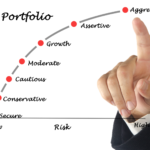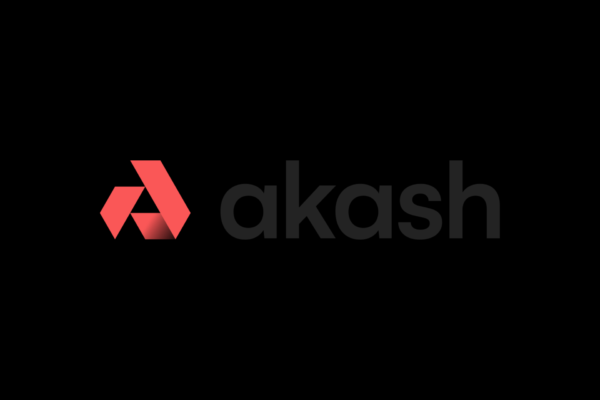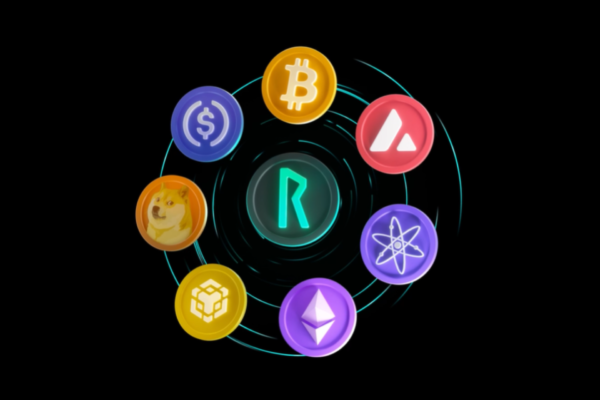What do you do when sitting on a loss?
Look – we get it. You decide to make the jump and buy crypto. You’re excited and start telling all your friends about this hot new project that is going to make you rich. But then – the market corrects, FUD news comes out, and you’re starting at losses. Sometimes these “down trends” seem to just keep adding up and you’re wondering why you ever invested in the first place. The market will eat you up if you don’t play by its rules.
Step 1: Avoid the Panic
We always try to advise having an investor thesis whenever you purchase ANY asset. If you don’t have a good reason for buying it, you should not buy it. Thinking it will “just go up” is not the way. Panic selling is how you pile up losses, but at the same time, there is no reason to sit and hold a massive loss.
When we look at a thesis we must first ask “What is the market interested in right now?” If you are not seriously investing in something for the long term, you have to understand where the market is right now. Today it’s NFTs, De-Fi, and smart contracts.
For example – blockchain projects that are alternatives to Ethereum, with smart contract capabilities, are absolutely skyrocketing right now – Solana, Algorand, Cardano, Elrond, and others have seen growth that has far outpaced Bitcoin and Ethereum over the last few months. So, as these ecosystems grow rapidly, what comes next? Projects built in those ecosystems.
In the case of Cardano, we’re looking to see who the first major DEX is going to be, for example. We have a blossoming ecosystem, it fits in the market’s interest at the moment, and people will need it to really use Cardano. It makes perfect sense to look at projects that could fit this role. Projects on Solana and the other chains are seeing massively increased use, and are good plays for consideration.
If your project falls into these categories then you should not be panic selling. Rather – you should be taking opportunities to lower your cost basis and being patient. It may seem preachy and annoying, but this is just the way the market must be played to avoid racking up losses.
If there is one thing that is all but certain in the world of crypto – fast moves over short time periods (both up and down) always move the other way pretty quickly.
If you’re buying or holding a token like Doge or Shib, for example, you need to evaluate their role within the market. We saw all spring and summer a massive interest in social tokens. At the moment, the market’s interest is elsewhere and we have watched Doge’s market cap steadily decline. Until the market shifts, this is likely to continue. This makes Doge something you need to either be prepared for considerable dollar cost averaging in the coming months, or a play you should consider getting out of. It doesn’t make it a bad play (Doge has some great advisors in it now), it’s just out of cycle at the moment.
Step 2: Cycles
So you’ve verified your investor thesis – great!
“This project provides this capability to the market/industry, I believe this project is important for these reasons, and the market has an interest in it now or in the near future.”
The next step to evaluate is the general market state. Is the overall crypto market cap, and Bitcoin (the market mover… for now!), generally increasing? Is there positive sentiment across it? Are there significant catalysts on the horizon (up/down)? You can’t fight the market.
I’m sure you read about those people on twitter who predicted the market and made millions. I don’t subscribe to that. It’s more luck than science, and that’s just not a good way to invest. I am not in the business of making gambles and hoping I’m right.
I’ll make it abundantly clear:
You’re probably not smarter than the market. You probably didn’t find a gem no one knows about that’s going to skyrocket when the rest of the market is in a bear.
What you can do is have a strong THESIS, and accumulate when prices are low. During the big dip between May and July we spent the entire time adding to our thesis positions – ADA, MATIC, DOT, SOL, and others. It dropped our cost basis way down, so now that the market has recovered, we have a lot of profit. It can get painful to hold sometimes, which is obvious.
The other key is to understand that marketcap is the most accurate indicator of expected price movements in a project when the market goes down. Once in awhile a project will have enough short term momentum to grow when the market is down (SOL for example), but in general – the smaller the market cap, the harsher the drop it will experience (percentage wise). Likewise – if your thesis supports a smaller cap project (SPI, for example), you’d better be ready to dollar cost average and not look at your profit/loss.
RAMP is a favorite project of mine. I first bought it around $.20 and rode it all the way to $.90 in May. Then, the crash happened and RAMP went down to $.16. All that profit evaporated. I continued accruing it (keeping at a reasonable percentage of my portfolio) during the following months, and now RAMP is back over $.4 and growing.
Moral of the story: Don’t swim the other way. Move with the market or tread water. Just make sure you can tread long enough to see the tides turn. You should constantly be evaluating your thesis on various projects. If the thesis changes, then it’s time to sell.
Step 3: No Ego Here
Lastly – drop the Ego. No one has a 100% win rate. Even with sound strategies and great projects we are likely to miss on investments from time to time. It’s OK – as long as you win more than you lose it will all be fine. If you’re seeing losses and you don’t think you should – reduce your cost basis if the thesis is strong. The market is cyclical and will always come back around.
The one rule that holds true in all forms of investing: Time in the market is always better than timing the market. You can get lucky, but luck runs both ways.
















